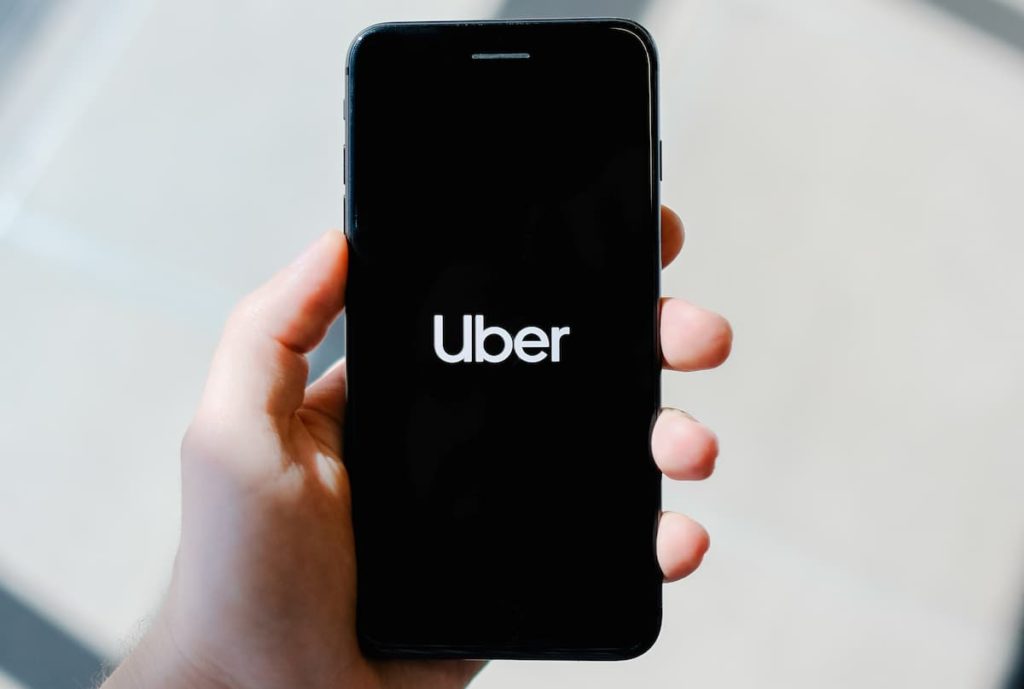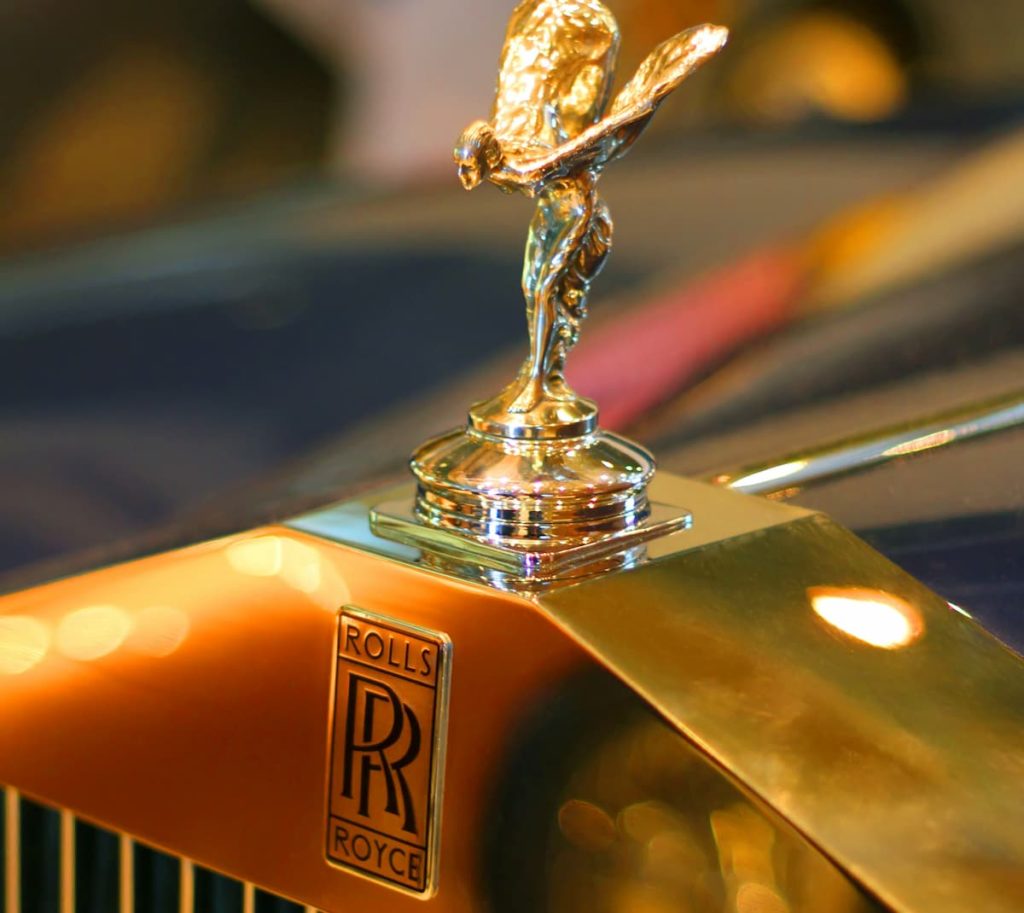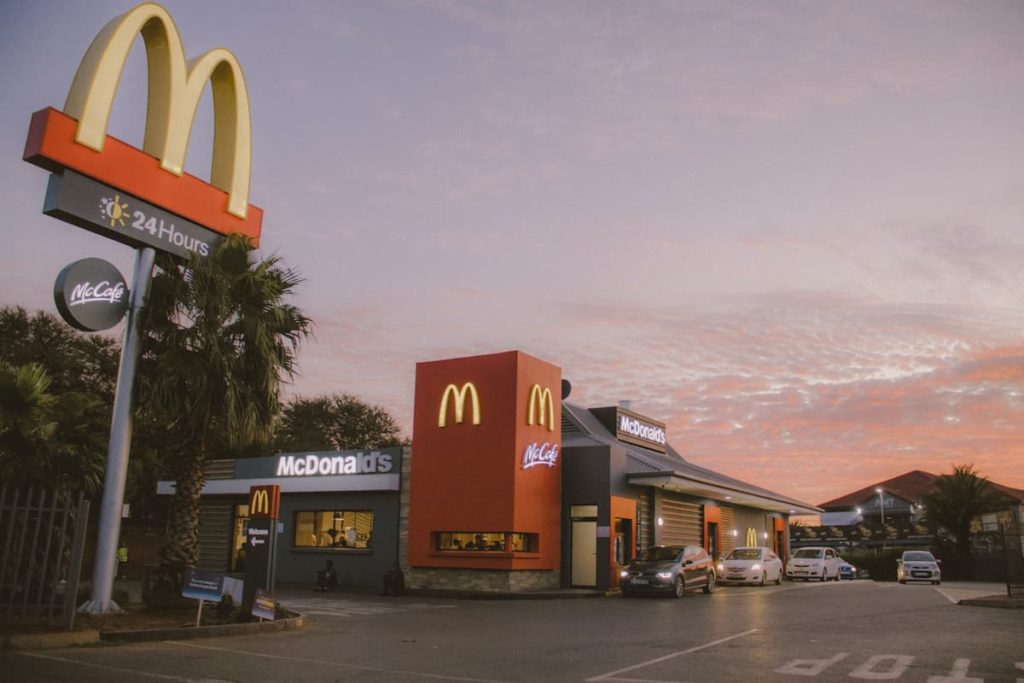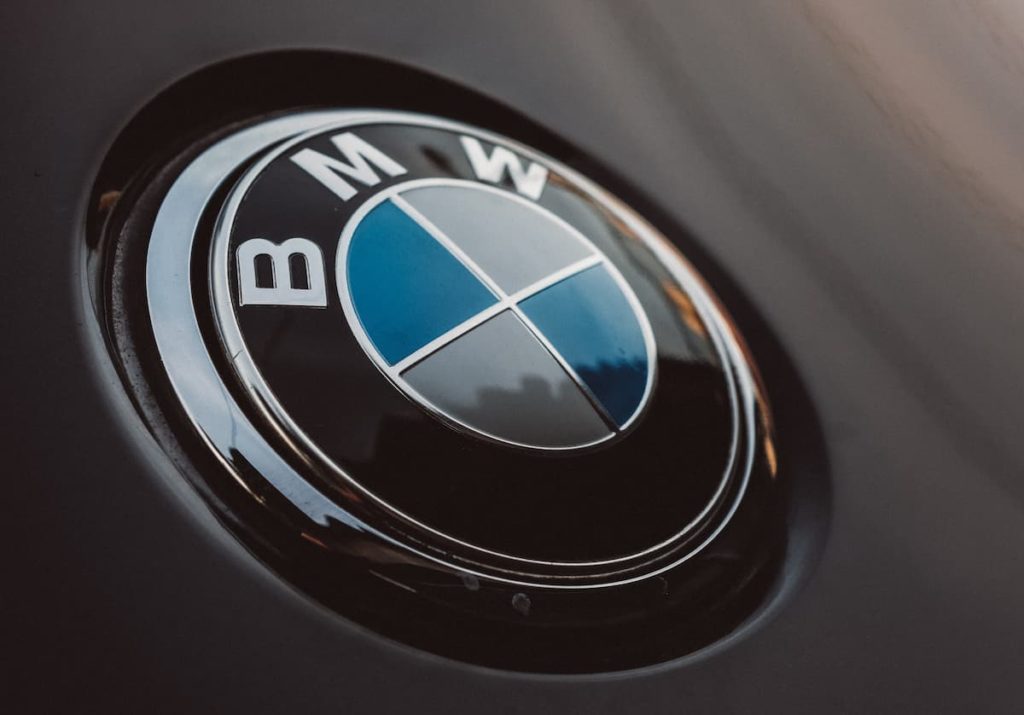Dyson. Coca-Cola. Mondelez. British Airways. These brands are all instantly recognisable, and this is in part due to their names. Seeing or hearing your brand’s name is the first interaction your customers will have with you, and they will attach associations, both positive and negative, with that brand name.
The name serves a key purpose as it acts as an extension of your brand, what your business’s purpose is, and what you value. You should consider how it sounds, how it looks written down, and how it could translate into a logo, as the name should flow into all aspects of your brand identity.
With all of these aspects in mind, it can be a complex process to produce a brand name that is fit for purpose and resonates with stakeholders within and outside of the business, whether that is as part of a brand refresh or building a whole new business. Here are our top tips for creating a future-facing brand name that fits with your business’s goals.
What makes an effective brand name?
A brand name should convey the essence of your business in a concise and memorable way. In fact, Crowdspring found that 77% of consumers make purchases based on their perception of brand names. This illustrates just how important it is to plan your name, rather than opting for a ‘trendy’ word that is devoid of meaning and does not reflect your brand.
Whilst it may be tempting to focus on the now, your brand name should be timeless and able to represent your business in the future, potentially accommodating for brand extension. Therefore, avoiding buzzwords or concepts that are currently popular should generally be avoided to ensure that your name is sustainable.
Practical and unique
On the most fundamental level, you want your brand name to be short, memorable, and easy to pronounce and spell. If you operate a business where there is frequent telephone communication, you want to ensure that your staff and customers are able to pronounce your brand name with ease.
Likewise, the risk with brand or product names with substituted letters such as ‘Rice Krispies’ and ‘Play-Doh’ is that your name has the potential to be misspelt. You may find that it is worthwhile to conduct some competitor research to identify other brand names in your market. This is so that you can craft a brand name that is distinctive and differentiates you from the competition.

No negative connotations
Throughout the planning process, try to consider what connotations the name ideas have. You ultimately want the brand name to have positive, empowering, and representative connotations. Take note of what the name may translate to in other languages – are there any double meanings, and are there any pre-existing associations?
A popular example of this is the often-quoted business myth attached to Chevrolet, where the Chevy Nova was the butt of jokes around no va in Spanish, meaning ‘doesn’t go’. Although this is an urban legend, it serves as a cautionary tale to remind businesses to research their names thoroughly.
Visual translation
As previously mentioned, it is worthwhile keeping in mind how well a brand name will translate graphically, whether as a word mark, as a logo, or as an emblem. Turning your brand name into a strong visual is key to reinforcing brand recognition, as evidenced by the popularity of logo quizzes – the brand name and logo are intrinsically linked.
Trademarks and domains
Another factor to consider is trademarking the name as well as acquiring a suitable website domain. If your proposed brand name is comprised of genuine words, particularly a single word, you may find it challenging to trademark it or find a .com or .co.uk domain.
It is worthwhile keeping in mind that there are more live websites than ever, and ‘domain grabbers’ have made a business out of buying up domain names in order to sell them off. The market for top level domains is now so vast and so there are a few options, with different prefixes and suffixes available.
For example, if you ran a makeup brand called ‘Element’, you could opt for ‘element-uk.com’, or ‘elementcosmetics.com’ to give yourself more options to choose from. The domain name should not dictate the brand name, but over 20 years of name grabbing means most single word domains are very hard to find, so finding a creative solution is essential.

The families of Brand names
As well as knowing what makes an effective brand name, it is useful to look at what types of names there are. These can act as a source of inspiration and make you aware of the common brand name types in your sector.
Founder
A simple place to start is by looking at a business’s founders. Many brands choose to name themselves after their founder, such as McDonald’s, Cadbury’s, Ben & Jerry’s – and Mackman.
Yes, decades and even centuries on, we know what the Ford Motor Company, Meryl Lynch and Heineken are and stand for, but arguably that is despite being named after the founders, not because of it. Imagine if Microsoft, Apple and Nike had been named after their founders. How would we have felt about the ‘Jobs Mac’?
These days, the name needs to work harder in most sectors. Exceptions to this caution exist where the founder already has a personal brand that can add value to their product. Designer brands, in particular, tend to follow this trend, with examples being Louis Vuitton, Chanel, Dior, Gucci, and Versace. But even then, Sir Jonathan ‘Jony’ Ive did not name his 2019 design company after himself, despite being probably the most celebrated industrial designer on the planet. Calling his company LoveFrom says so much more about him than his name does.
Generally, founder names are easier to protect and do not have any pre-existing associations. However, they do come with the downside of being tied directly to a person, and that person can either be beneficial or detrimental to the brand.

Descriptive
Another type of brand name is a descriptive name, which outlines the essence of the brand. These are fantastic for communicating exactly what the purpose of the business is whilst avoiding double-meanings and inaccurate translations.
Examples include Toys “R” Us, We Buy Any Car, TripAdvisor, Match.com, and Ancestry.com. The main downside to a descriptive brand name is that they do not allow much room for expanding outside of that market due to the specific name, so the potential for brand extension becomes more limited.
Metaphorical
Metaphorical brand names use animals, mythology and places to prompt associations or allude to the quality of the brand. Examples include Jaguar, Amazon, Nike, Apple, and Hermes. These allow for the business to grow outside of their original market, but they should hold some relevancy to the metaphorical name.
Using the previous examples, the word Jaguar suggests speed and power, with the big cat being used in the logo. Nike refers to Nike the Greek goddess of victory, which relates to winning at sports.

Fabricated
A completely fabricated name increases the likelihood that your brand will stand out from the crowd, but it must have a strong identity attached to be memorable and relevant. Popular examples include Pinterest, Google, Etsy, and Pixar.
These can stem from Latin or other foreign root words which are modified to become distinctive. Fabricated brand names are usually easier to copyright and are not restricted to one market. The main downside to fabricated names is that they may require increased effort and budget to educate their market on the purpose and nature of the brand.
Acronyms
Acronyms are a type of brand name that often requires the full spelling of the name before converting to letters. By this point, they are already established with examples including BMW, UPS, and KFC. The downside to acronyms is that they lack meaning and emotion unless the brand is already well-established. They are also often difficult to remember and challenging to trademark, which is generally why start-ups avoid them these days.

Magic spell
‘Magic spell’ names involve the merging of two words or using a made up spelling for a real word. Familiar examples include Facebook, Tumblr, and Netflix. The main reasons to have a magic spell names are that they are distinctive, semi-descriptive, and easier to trademark. The obvious downside to some magic spell names is that people may think they are spelled differently, which can create confusion.
Turning a name into a brand
Ultimately, you will want your brand name to be protectable, distinctive and non-limiting. Consider what brand personality and image you want to convey. Try to think early on how you want your name to translate to your branding assets such as the logo.
A successful brand name can even elevate your brand name to become a verb, with a good example being Twitter. Not only does the simple logo icon reinforce the name, but an entirely new bank of vocabulary has evolved around ‘tweeting’.
Summary
Our comprehensive portfolio of branding projects showcases our expertise on delivering brand development projects, both small and large scale. At Mackman, we can help shape your brand identity, including creating a brand name, through our brand development service.
If you would like to find out more, please head over to the Contact Us page. Alternatively, you can reach our team at customerservice@mackmangroup.co.uk or call us on 01787 388038.
